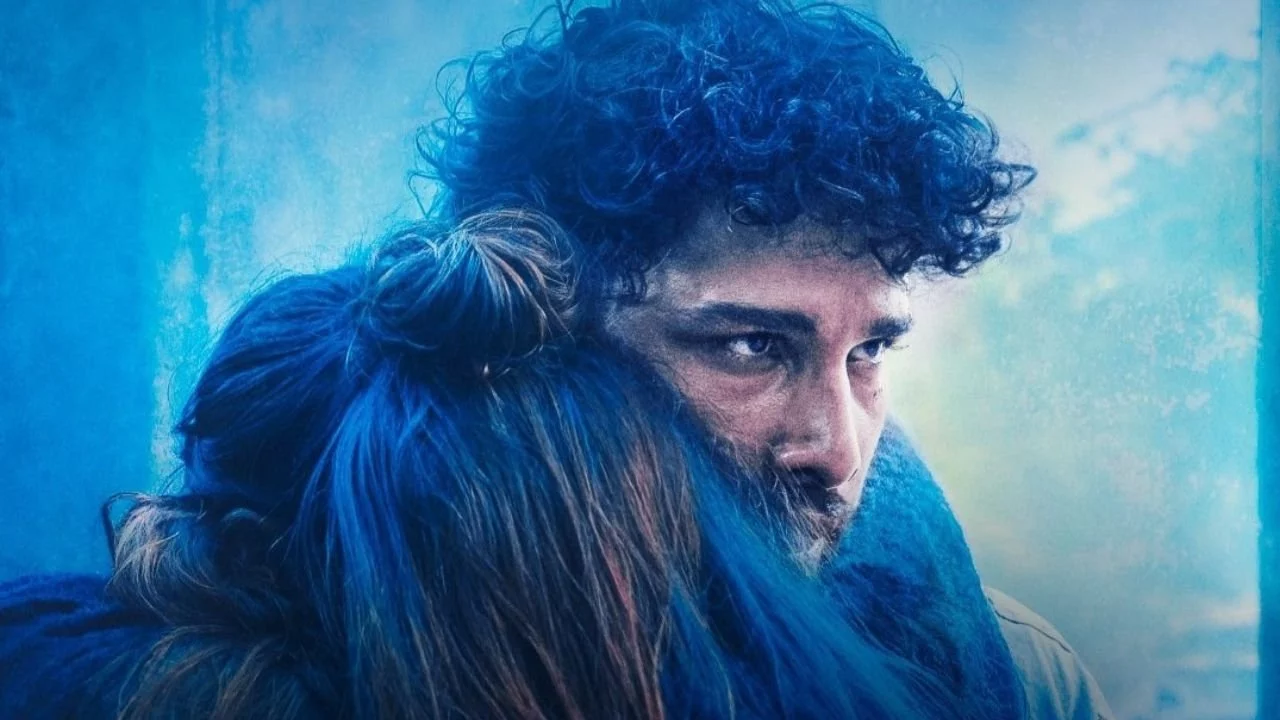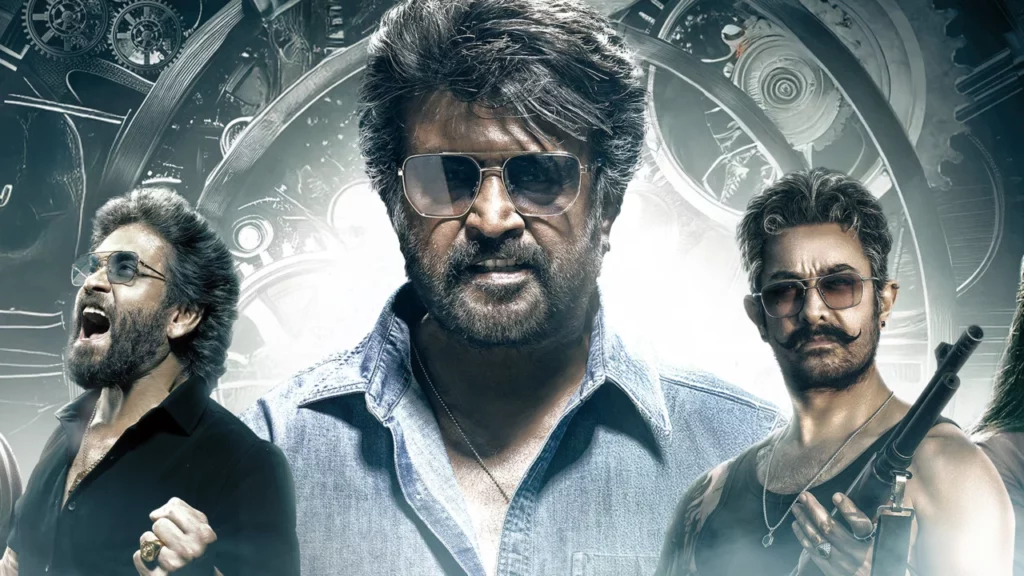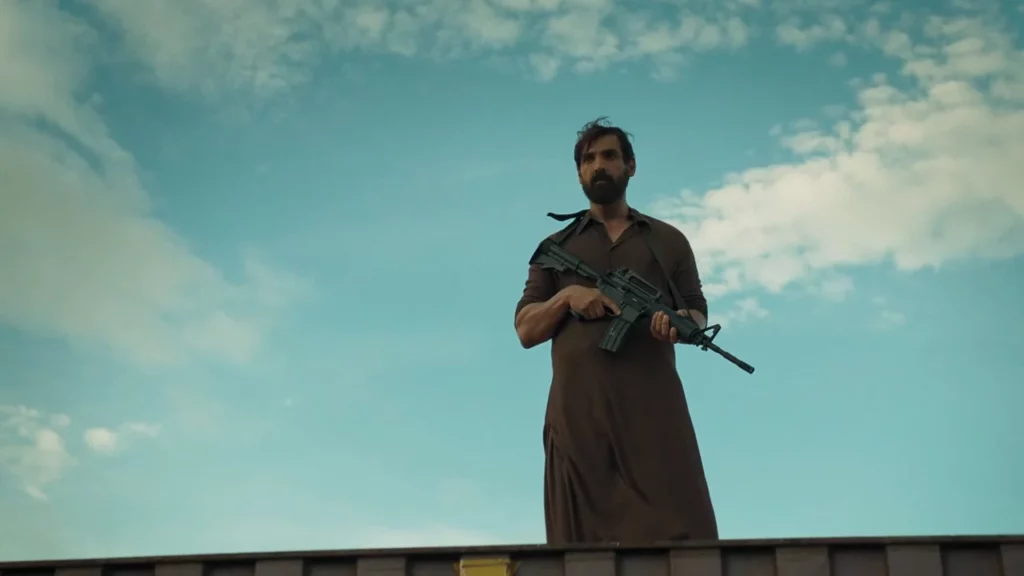
Dhadak 2 (2025) Movie ft. Triptii, Saad, and Siddhant
Dhadak 2 arrives as a powerful love story wrapped in India’s most sensitive social debates. First-time director Shazia Iqbal takes the bold step of adapting the acclaimed Tamil film Pariyerum Perumal. With Siddhant Chaturvedi and Triptii Dimri leading the cast, this Dharma Productions venture dares to question societal norms.
The film doesn’t play it safe with typical Bollywood romance. Instead, it dives deep into caste dynamics that still plague modern India. What makes this adaptation interesting is how it transplants a regional story into mainstream Hindi cinema without losing its edge.

Story That Hits Hard
Neelesh comes from a community society often looks down upon. His admission to a prestigious law college through reservation quota immediately marks him as different. Vidhi belongs to the privileged world where questions about merit and background rarely surface.
Their love story blooms in lecture halls and library corners. But I noticed how the film cleverly shows that campus romance isn’t immune to outside prejudices. The moment their relationship steps beyond college walls, reality strikes with full force.
What struck me most was how the writers avoided making this just another rich girl, poor boy tale. The divide here runs much deeper than economic differences. Family honor, social standing, and community pressure create walls that seem impossible to break.

Performances That Feel Real
Siddhant Chaturvedi brings quiet intensity to Neelesh’s character. He doesn’t overdo the victimization angle, which could have easily happened. Instead, his portrayal shows a young man who knows his worth despite society’s constant reminders of his place.
I found Triptii Dimri’s performance particularly impressive. Vidhi could have been written as just another privileged girl learning about real world problems. But Dimri gives her character genuine conflict and growth. You see her struggling with inherited biases while fighting for her own choices.
The supporting cast doesn’t just fill screen time. Every character seems to represent different aspects of social attitudes. Some support change, others resist it, and many simply remain confused bystanders. This creates a realistic social environment rather than simplified good versus evil dynamics.
Direction With Purpose
Shazia Iqbal handles her debut with remarkable confidence. She understands that remaking a beloved Tamil film for Hindi audiences requires more than just translation. Cultural contexts need careful adjustment without losing the original’s power.
The visual language speaks volumes without being preachy. Classroom scenes show subtle hierarchies through seating arrangements and group formations. Campus interactions reveal unspoken social codes that exist even in supposedly progressive environments.
Iqbal’s camera work captures emotions honestly. Close-ups don’t feel manipulative, and wide shots provide context rather than just pretty frames. This technical restraint actually makes the emotional moments more impactful.
Music That Connects
Ajay-Atul prove once again why they’re among Bollywood’s finest composers. The soundtrack doesn’t rely on typical romantic formulas. Instead, songs emerge naturally from story situations, making them feel like genuine expressions rather than commercial breaks.
The background score knows when to stay quiet. During crucial dramatic moments, silence becomes more powerful than music. This shows mature understanding of how sound can enhance rather than overwhelm storytelling.
What Really Works
The film’s greatest strength lies in treating serious issues without becoming a documentary. It maintains entertainment value while delivering important messages. This balance isn’t easy to achieve, especially for a debut director.
Campus politics and social dynamics feel authentic rather than manufactured for dramatic effect. Students’ conversations, professor interactions, and administrative attitudes all ring true to anyone familiar with educational institutions.
The romance develops organically. You believe these two people would fall for each other despite their different backgrounds. Their chemistry doesn’t depend on exotic locations or expensive costumes. Simple moments create lasting impact.
Where It Struggles
Some sequences feel stretched when the film tries too hard to make its point. Subtlety works better than direct preaching, but occasionally the balance tips toward the latter. A few scenes could benefit from tighter editing.
The Tamil original’s specific cultural elements don’t always translate smoothly. What works in one regional context might need different treatment for pan-Indian audiences. This adaptation challenge shows in certain dramatic sequences.
Pacing becomes uneven during the second half when social conflicts intensify. The film’s noble intentions sometimes overwhelm its storytelling rhythm.
Critical Response
Most reviewers have appreciated the film’s courage in tackling difficult subjects. Indian Express gave it 2.5 stars while acknowledging its social relevance. Bollywood Hungama rated it 3.5 stars, praising the lead performances and directorial vision.
Trade publications note the film’s strong morning occupancy despite competing with other releases. This suggests audiences are responding positively to its unique approach to mainstream cinema.
Critics across platforms have highlighted how the film doesn’t shy away from uncomfortable truths about modern Indian society.
Public Reception
Younger audiences seem particularly drawn to the film’s honest portrayal of contemporary issues. Social media discussions show viewers connecting with characters’ struggles and choices.
The film has sparked conversations about reservation policies, merit debates, and social mobility. This cultural impact might prove more valuable than immediate commercial success.
College students especially relate to the campus setting and academic pressures depicted realistically.
Final Thoughts
Dhadak 2 succeeds as both entertainment and social commentary. While not perfect, it represents the kind of mainstream cinema that doesn’t insult audience intelligence. Shazia Iqbal announces herself as a director worth watching for future projects.
The film proves that audiences are ready for stories that challenge rather than merely comfort. It offers hope that Bollywood can grow beyond safe formulas while still delivering engaging cinema.
This isn’t just another love story. It’s a mirror held up to society, asking uncomfortable questions about progress, equality, and human dignity.
Rating: 3.5/5










